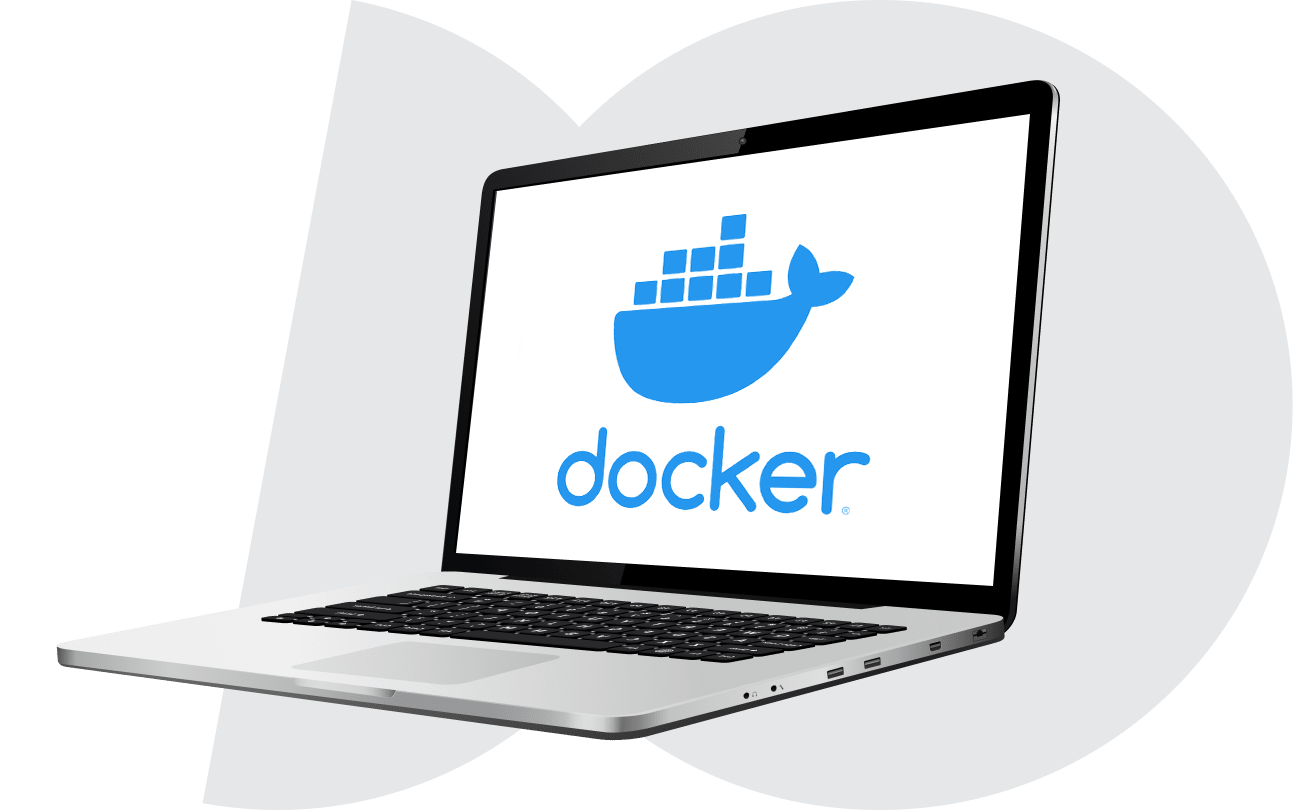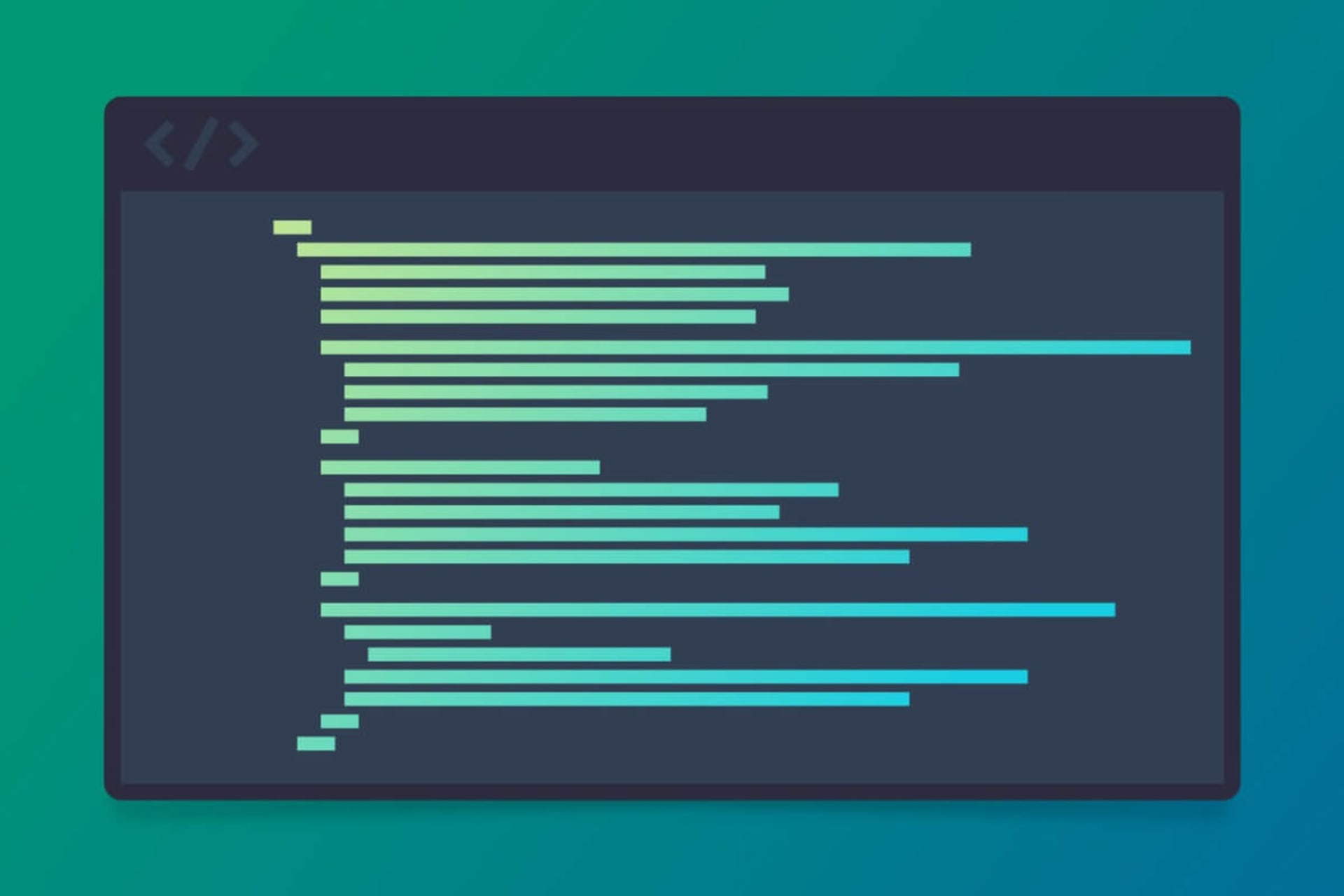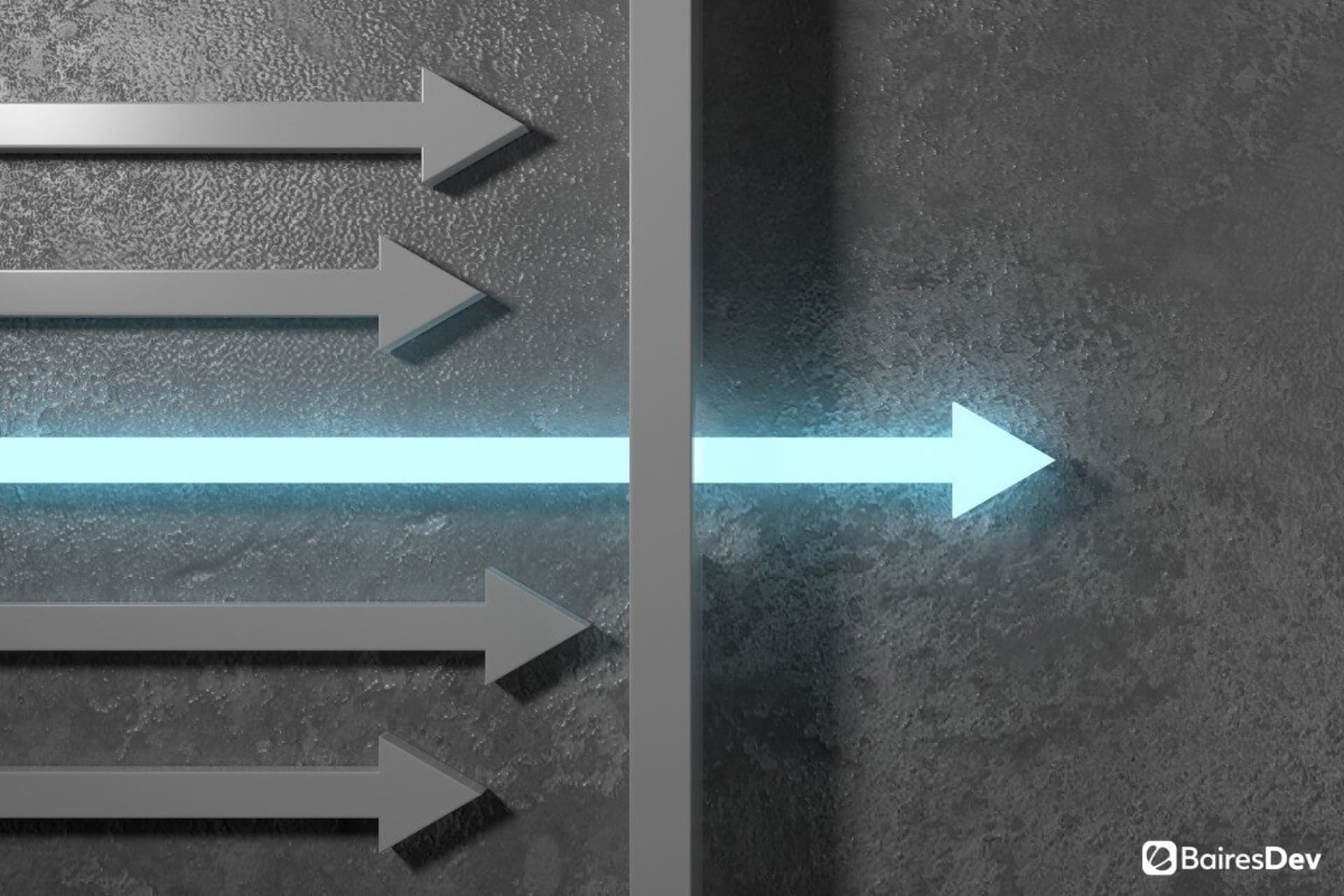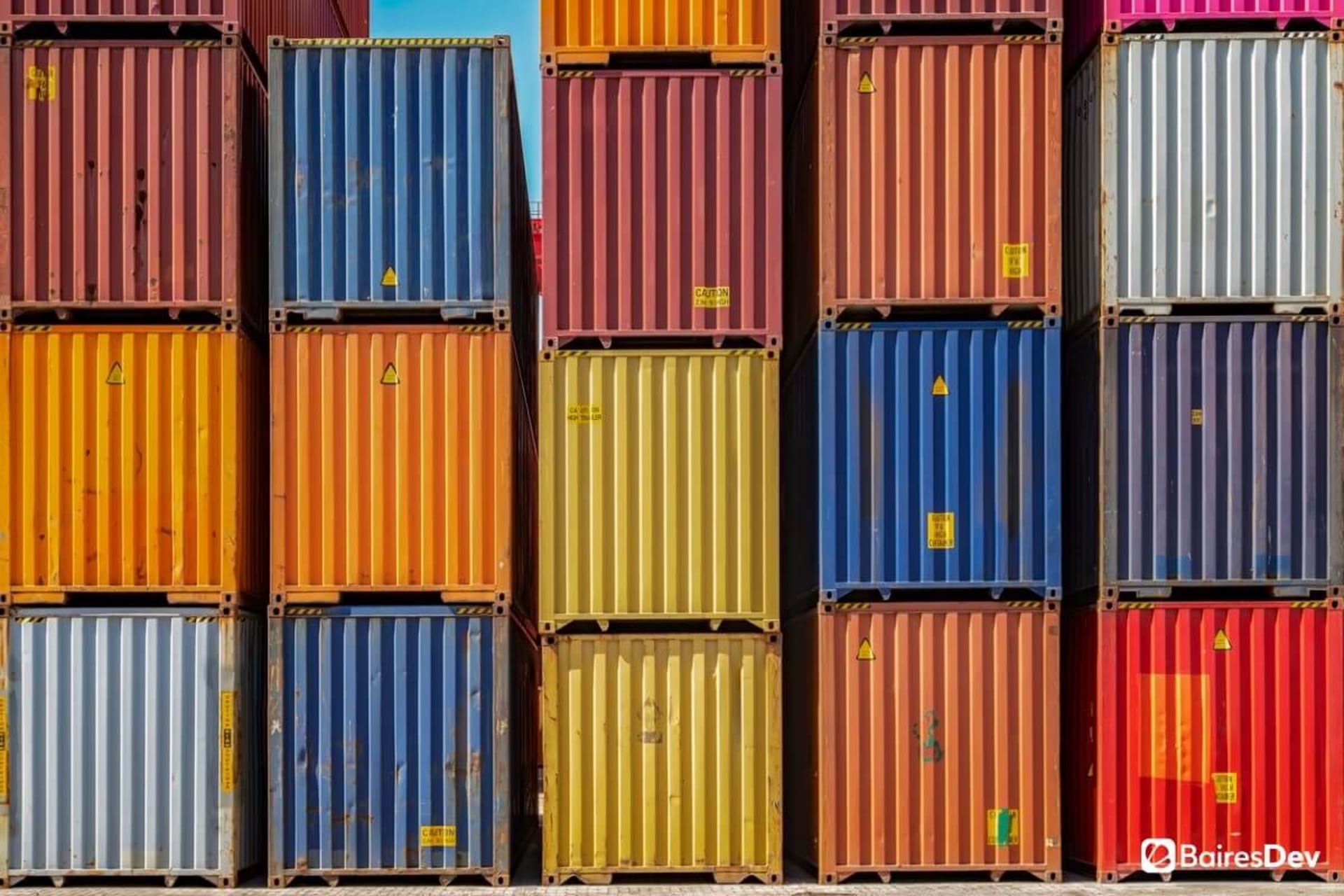- Home
- Technologies
- Docker
Docker Development Company
Our Docker services already power dozens of active engagements. We typically land our teams within 2 weeks, so you can start shipping top-quality software, fast.
Trusted Docker partner to many companies.
Docker Development Services We Provide
Docker Container Development
Leverage containerization for seamless, scalable, and efficient application deployment.
We deliver enterprise-grade Docker services, employing tools like Docker Swarm and Kubernetes to orchestrate containers and optimize infrastructure performance. From containerizing legacy applications to designing and implementing microservices architectures, we ensure the smooth adoption and integration of Docker technologies.
Enterprise Docker Services
Gain end-to-end support and optimization for your containerized environments.
We set up and maintain your enterprise Docker infrastructure. This involves implementing CI/CD pipelines for automated testing and deployment and integrating DevOps processes to streamline your development workflows. The result? Greater agility, scalability, and reliability in your application deployment and management.
Docker Managed Services
Offload the management of your Docker infrastructure. Ensure smooth operations and maximize the efficiency of your containerized environments.
We handle various aspects of Docker infrastructure management, from setup and configuration to monitoring, scaling, and maintenance. This leads to reliable, secure, and performant Docker deployments.
Containerization of Legacy Applications
Modernize your legacy applications and infrastructure. By containerizing legacy applications, you can future-proof your IT infrastructure, improve resource utilization, and accelerate digital transformation initiatives.
We leverage Docker to containerize monolithic applications to boost scalability, portability, and efficiency. We assess legacy systems, refactor applications for containerization, and deploy them on Docker platforms.
CI/CD Pipeline Development
Streamline your software delivery pipeline with CI/CD pipeline development services, leveraging Docker for continuous integration and continuous deployment (CI/CD). We’re here to help you automate testing, build, and deployment processes.
We design and implement robust CI/CD pipelines using Docker, GitLab CI, Jenkins, and other industry-standard tools. This enables quicker time-to-market, improved code quality, and boosted workflow efficiency, which ultimately lead to greater reliability and scalability of your applications.
Microservices Architecture Design & Implementation
Design and implement modular and scalable applications with Docker containers.
We break down big applications into small, independent services, containerize them with Docker, and orchestrate them with Kubernetes or Docker Swarm. By adopting microservices architecture, you get greater flexibility, scalability, and fault tolerance.
Docker Swarm Setup & Optimization
Maximize the performance of your Docker Swarm clusters. We ensure efficient container orchestration and resource utilization.
We configure and optimize Docker Swarm clusters for high availability, scalability, and fault tolerance, leveraging Docker's built-in features and best practices. Whether you're deploying containerized applications on-premises or in the cloud, we ensure that your Docker Swarm clusters are well-architected.
DevOps Process Integration & Automation
Implement Docker in your DevOps workflows for seamless collaboration, automation, and efficiency with DevOps process integration and automation services.
We help you establish DevOps practices to automate infrastructure provisioning and deployment with Docker. We also help you implement CI/CD pipelines for accelerated software delivery. The integration of Docker into DevOps processes can generate greater agility, collaboration, and reliability in software development and deployment.
Cloud-Native Application Development & Migration
Leverage Docker containers and Kubernetes for building and migrating modern, cloud-native applications.
We architect and develop cloud-native applications using Docker, Kubernetes, and other cloud-native technologies. Along the way, we ensure resilience, scalability, and portability, whether you're migrating existing applications to the cloud or building new ones from scratch.
Azlo case study
By working with BairesDev's experienced Docker engineering teams, Azlo was able to create a modern mobile platform that delivers simple and affordable banking solutions to users. Azlo Case Study.

Why Choose BairesDev for Docker Development

Top 1% of Tech Talent
We hire only the top 1% of tech talent for Docker development. Our Docker experts are vetted and selected based on both their technical acumen and soft skills. This ensures improved collaboration and communication.
Nearshore, Timezone-Aligned Talent
Our bilingual developers are mainly located in Latin America and share the same or overlapping business hours with companies in the US. Timezone alignment facilitates seamless collaboration and communication throughout the development process thanks to real-time interaction and support.
Diverse Range of Solutions
Whether you require Docker containerization, CI/CD pipeline configuration, or Kubernetes integration, we’ll address your business needs and requirements. Our custom solutions ensure efficiency across containerized environments.
The Docker Ecosystem We Used in Previous Work
Container Orchestration & Management
Robust platforms and tools that streamline the deployment, scaling, and orchestration of containerized applications across clusters.
- Kubernetes
- Docker Swarm
- Rancher
- K3s
- Docker Compose
Development & Continuous Integration/Deployment (CI/CD)
Comprehensive solutions for automating software development workflows, enabling efficient code integration, testing, and deployment processes.
- GitLab CI/CD
- Jenkins
- Skaffold
- Tilt
- Garden
- Krane
- Helm
Monitoring & Logging
Powerful tools for collecting, analyzing, and visualizing metrics, logs, and performance data from containerized applications and infrastructure.
- Prometheus
- Grafana
- ELK Stack (Elasticsearch, Logstash, Kibana)
- Fluentd
Configuration & Infrastructure Management
Versatile tools that simplify the provisioning, configuration, and management of infrastructure resources across various environments.
- Ansible
- Terraform
- Pulumi
- Helmfile
Container Runtime & Image Building
Efficient and secure runtimes, engines, and tools for building, packaging, and executing containerized applications.
- Buildah
- Podman
- CRI-O
- Rkt (Rocket)
- Kaniko
- Minikube
Service Proxy, Networking, & Registry
Robust solutions for managing service discovery, load balancing, networking, and secure storage of a Docker container image.
- Harbor
- Telepresence
- Portainer
Key Things to Know About Docker
Tailored Solutions for Every Docker Project
Frequently Asked Questions (FAQ)
What are the different ways to hire dedicated Docker developers?
There are several ways to hire Docker developers. Depending on your requirements, consider outsourcing development, employing a full-time Docker developer, or working with a freelancer. Within the outsourcing structure, there are several different models to choose from, such as staff augmentation, dedicated teams, or end-to-end software outsourcing. No matter which approach you choose, do thorough research and vetting to ensure you're hiring skilled Docker developers who are the right fit for your business.
What is Docker?
Docker is a container technology that automates the deployment, management, and scaling of applications within containers. These containers allow developers to package applications with all of their dependencies into a standard unit for development. Docker implementation takes place through Docker Engine, APIs, and a command-line interface client.
What are Docker images?
A Docker image is a software package that includes all the tools you need to execute an application: libraries, environment variables, code, runtime, and configuration files. It is standalone and lightweight. Images are "layered"---stacked on top of each other—to build up an application environment. This makes it easy to share, store, and reuse them.
How Businesses Can Overcome the Software Development Shortage
BairesDev Ranked as one of the Fastest-Growing Companies in the US by Inc. 5000

See how we can help.Schedule a Call





